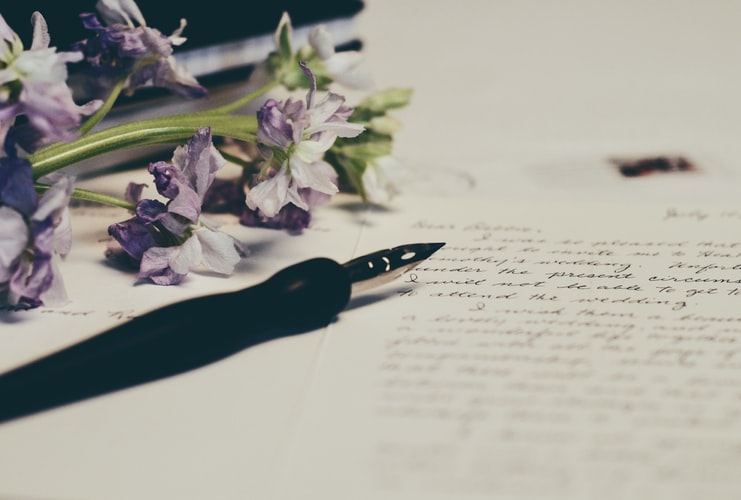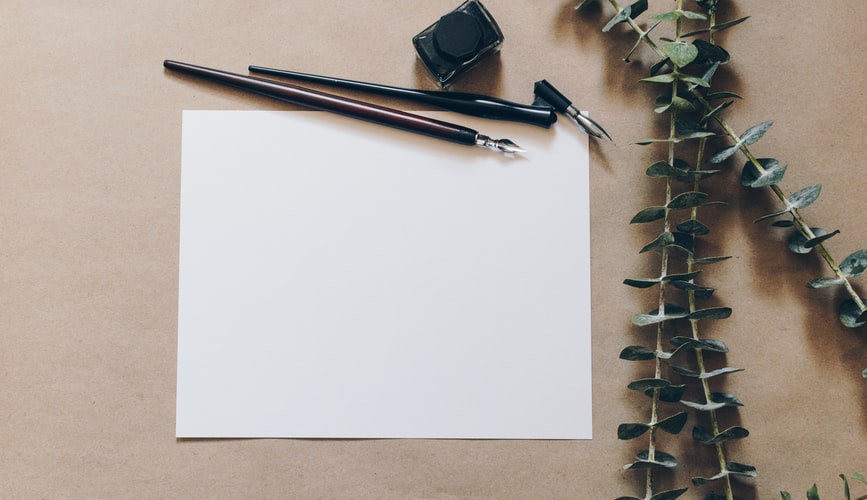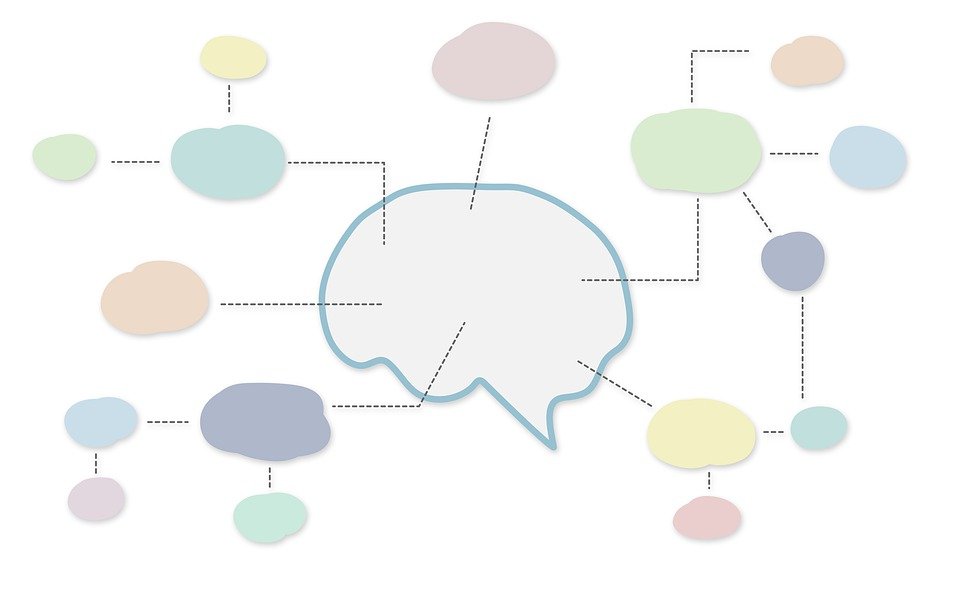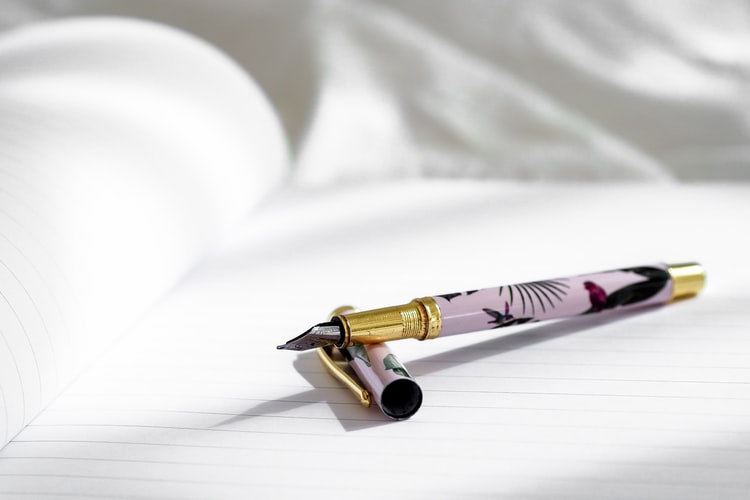Essential Writing Strategies You Can Incorporate Into Your Assignments
 The supreme rule of practicing your writing skills is to write as much as you can and in as many forms as possible. To make true progress, though, you should employ smart strategies that professional writers also use.
The supreme rule of practicing your writing skills is to write as much as you can and in as many forms as possible. To make true progress, though, you should employ smart strategies that professional writers also use.
Even if you aren’t passionate about writing, it is a skill that you must possess. Not only will it help you complete your school assignments with more ease and success, but it will lead to better performance at work. Maybe you even plan to choose a career that involves writing—since so many today do.
If you want to put in true effort into honing your writing abilities, you should start using the writing strategies we list here as early as today. Once these strategies become a regular part of your writing practice, any text that you wish or need to compose will come out clearer and more effective.

Credit: Debby Hudson
What Are Writing Strategies?
A writing strategy is any approach or method you employ to get to the outcome—the version of your text as you’ve envisioned it before you started writing it.
Many attempts have been made to come up with a shortlist of the ultimate writing strategies. At the end of the day, any conscious effort you put into your project as you’re working on it is a strategy—whether it’s brainstorming ideas or putting your first draft together.
For example, you can analyze a problem for which you want to propose a solution in an essay. To convince your readers that this problem does need the solution you’re suggesting, you’ll need to prove it to them that it’s serious. Researching the issue and then backing it up with valid sources and arguments is a writing strategy that you use to prove your point.
Buckle Up! You’re Getting a List of Writing Strategies With Examples


Credit: Kelly Sikkema
You could put writing strategies on a list of any length—from three to ten items or even more. It is because there are so many types of text that the methods you can adopt to construct them are so numerous. Some broad categories into which we can fit those methods are:
- Prewriting strategies
- Drafting strategies
- Revising strategies
- General writing strategies
Prewriting—A Writing Strategy That Comes Before All Others
To produce a piece of writing that will get your main point to the reader effectively, you have to put some technical work into it first. Everything that you do before you sit down to write your first draft can collectively be termed prewriting. The strategies that go into it include:
- Mind-mapping
- Outlining
- Researching
- Targeting your readers
- Getting feedback on your outline
Mind-Mapping


Credit: BiljaST
Mind-mapping is an amazing strategy to get all your scrambled ideas out on one piece of paper. Instead of putting them into a linear list, you organize them into circles that are all tied to the central theme.
For example, you could be writing an essay on how school uniforms constrict self-expression in students. School uniforms would be a phrase to put in the center of the paper, and you would go from there. You could draw a line and write the same on top of it, and then you would circle that phrase. Another three lines could include boring, autocratic, lack of uniqueness. You would circle each word or phrase in turn. If an idea on something else related to the topic comes to mind that you want to include in your essay, you would go back to the original phrase and jot down the new idea next to it.
Mind-mapping is an excellent method to use to get all your ideas out onto a clear layout. You don’t have to list them one next to the other because that’s not how your mind works. You only need to be careful not to wander too far from the central topic.
Outlining
Every writer who knows half their worth is aware of how important outlining is. In college, you can even be graded based on your ability to create an effective outline. But, what is an effective outline, you might be asking. Well, that is a great question!
If you use an essay as an example, a decent outline would have to include:
| Parts of Your Essay | The Aspects That It Includes: |
|
Introduction |
|
|
Body Paragraphs |
|
|
Conclusion |
|
You should also include all the supporting information you plan to use in your essay, such as:
- Examples
- Data
- Quotes and sources
Researching
In nine out of ten cases, you’ll need to do a little digging on your topic before you decide what your conclusions are. Depending on the type and the scope of your writing, your research can range from looking up word meanings to studying relevant sources that can back up your claims.
If the latter is the case, merely skimming your sources won’t cut it. You have to be able to check their:
- Credibility
- Relevance
- Objectivity
To make sure your source satisfies all of the listed criteria, you need to fact-check it, look up the authors and see if they’re valid, and make sure the paper isn’t outdated. It’s all part of your skill to employ critical reading while deciding which sources are relevant for your assignment.
Targeting Readers
An important aspect of preparing yourself to write is making sure you know who your audience is.
For example, if you’re practicing writing a business proposal, you wouldn’t want to use plenty of colloquial terms and phrases. Instead, you would make sure your sentences are clear, respectful, and written in formal language.
You could also be learning how to sell a product or a service through your writing. If what you’re trying to sell are school materials, you would want your text to appeal to students or their parents. How you go about it is a strategy you employ in your writing.
Getting Feedback on Your Outline
You probably already know how much it means when you show your text to someone and get constructive criticism. A fresh outside insight helps you improve on your second or third draft. Getting feedback on your outline is as important, especially if you’re writing a school or college paper.
A teacher or a professor can help you determine whether you’re going in the right direction or give you bonus ideas to get to the result you’re aiming for.
Strategies for Your Initial Drafts—Find What Works Best for You


Credit: Laura Chouette
When all the prewriting is done, you will want to get down to work and put your words on paper—or screen. There are many different strategies skilled writers employ to get the outcome they desire. You can try any of them out and find the ones that match your needs or preferences.
The best piece of advice is always to practice, and practicing various methods for writing contributes to finding out your own style as well as nailing the genre you might not yet be a pro at. Here are some strategies you can use while working on the first draft of any piece of writing:
- Freewriting
- Starting from body paragraphs
- Finding an effective hook
- Using the knitter’s method
- Employing the carpenter’s method
- Choosing strong words
Freewriting
Freewriting is the absolute best medicine to cure a writer’s block. Do you know when a writer’s block is most likely to occur? Right when you sit down with the mind to begin. Nothing hurts more than gazing blankly at the blinking cursor on your screen or an empty piece of paper before you. And in the words of Picasso himself, “inspiration exists, but it has to find you working.”
Freewriting is what you want to take up when that happens. It’s called that because you are absolutely free to write any words that pop into your mind. The only rule is to keep writing. Eventually, you will get to the point of your text, and the inspiration will kick in. You can use freewriting for any piece of content you need to create. Here’s an example:
“Hi there. My name is Damien well not actually. I like Damien in that book. Anyway I need to write a papr on positive and negative effects of technologiccal advances and I have no idea what to write. Nada. I mean, I do use technology. I have a smartphone, a laptop. I alos have a Nikon camera. I guess my Nikon camera is most positive for me. I enjoy taking pics editing them, I could maybe make money out of it one day. My smartphone on the other hand. It did have negative influence on me but I try not be as addicted to it.”
As you can see, it doesn’t matter whether you follow the rules of spelling, grammar, or punctuation when you’re using freewriting. It is a method to help you get to the actual work, and anything that needs fixing can be saved for later. In the words of Jodi Picoult, “You can always edit a bad page. You can’t edit a blank page.”
Body Paragraphs Come First
Similarly to the freewriting method, writing body paragraphs of your essay first is a strategy that helps you avoid the challenge of starting your work.
Instead of scratching your head for hours on end, wondering how you should begin your essay, start with the arguments you thought of in your body paragraphs. The introduction and conclusion will come easily once you have the main part.
Hook Your Readers
Even if your teachers are the only ones who will read the piece you created, you will want to grab their attention from the get-go. Whatever you’re writing, you should spend some time thinking of novel or intriguing ways you can start your first sentence. If nothing comes to mind, you can always go with a fun fact or a thought-provoking quote.
Here are several examples of effective hooks in fiction and classic literature you can check out:
| The First Sentence | The Novel It’s Used In |
| “Call me Ishmael.” | Moby Dick, or the White Whale |
| “Mother died today.” | The Stranger |
| “All children, except one, grow up.” | Peter Pan |
| “There was a hand in the darkness, and it held a knife.” | The Graveyard Book |
Are You a Knitter?
The knitter method refers to a unique strategy you can employ in writing. It’s called like that because it implies you like to manipulate the text as you’re creating it. It’s unique because a rare number of people are able to form what they think are perfectly ordered sentences right off the bat. In the best case, you can learn to be a knitter with lots of experience in actual writing.
Maybe the fact is you are already someone to whom an outcome comes naturally during the first draft. If so, acknowledge it and use it to your advantage. Also, congratulations! You have a talent, and you can be called a knitter.
Are You a Carpenter?
A carpenter method means you like to start from irregular non-linear points in your text. This way, you work on any part of the text you most feel like working on at any given moment. It is also more common than a knitter method.
The process of writing, especially when a longer piece is in question, is messy and often chaotic. Employing the carpenter method can help you build on your text when you can’t seem to be able to write it in the order in which the outcome is supposed to be presented.
Is Your Word Choice Fitting?
Using the proper word choice in your texts is a strategy that can be developed into a skill. You should hone that skill constantly because everything you write is affected by your choice of words—from your school essays to emails or cover letters.
In creative writing, for example, authors manipulate how their readers receive the text with the words they use to describe places, actions, or characters. For example, instead of writing, “he walked into a room,” an author may write, “he sauntered into the room.” The careful word choice here undoubtedly affects how the reader sees the character, reads the text out loud, and feels the action.
Strategies To Use While Revising
Even when you write something as simple as an email, you will probably reread it before sending it. The majority of written pieces requires a thorough revision. Here are the strategies you could use to improve your first draft during this process:
- Take a break and read your text at a later time
- Proofread for grammar, spelling, and punctuation errors
- Edit to make your sentences more concise and effective
- Have someone else go over your text
These are all straightforward methods you can use to make your second or third draft better than the previous version. The best piece of advice to take at this stage of work is to let go of the tropes, phrases, sentences, or anything else you might be attached to that is neither relevant nor serves your text any purpose. It is not an easy task at all. You’ll have to heed Sir Arthur Quiller-Couch and learn to “murder your darlings.”
General Strategies Used in Writing
By now, you have gathered that a lot of work goes into writing. There are yet more strategies you can implement in your everyday life to improve your writing skills, like:
- Reading and learning
- Organizing your time
- Creating a space for writing
- Saving ideas that come unexpectedly
- Writing even when there’s nothing to write
Reading often is not the only key to improving your reading skills, but it does wonders when it comes to developing your writing abilities too. You can learn something from any text in front of you and employ the strategies you picked up from others in your own practice.
Writing almost inevitably comes with deadlines. It’s why time management is a soft skill that you need to possess to use as a writing strategy. Besides, having a set time during which you write will help you be more focused and motivated when you get down to it.
Related to keeping your focus sharp is setting up a physical space for writing. Make it comfortable and arrange it according to your tastes. The only rules are to allow no distractions and bring everything you need so as not to have to get up while working.
Though you can set the time and space for writing, you cannot determine when or where an amazing idea can come to you. Noting down thoughts and concepts you will use in your writing later is a strategy you need to employ—especially if you’re writing often or working on a longer project. Luckily, you rarely go anywhere without your smartphone today, so you have the perfect tool for this scenario.
Last but not least, write even when there isn’t an assignment or a deadline to be met. Only with practice can you learn which strategies fit your writing style best, how to form sentences that are eloquent and effective, or how to get comfortable with having your work reviewed.
Are You Learning Writing Strategies in the Classroom?
Do you think the strategies for writing are taught properly in mainstream education, or do you believe it is high time we brought some innovations in schools?
High schoolers have to develop effective writing skills to transition into college smoothly or gain valuable work experience. You cannot rely on homework essay assignments alone to get to that point.
As a student, you need to be equipped with proper tools so that you can translate the skills you learn inside the classroom into the real world.
If you have any ideas on how we can work towards that goal and incorporate the teaching of writing strategies into the school curriculum, share them with us! We’ll be happy to post your opinions on our blog.

